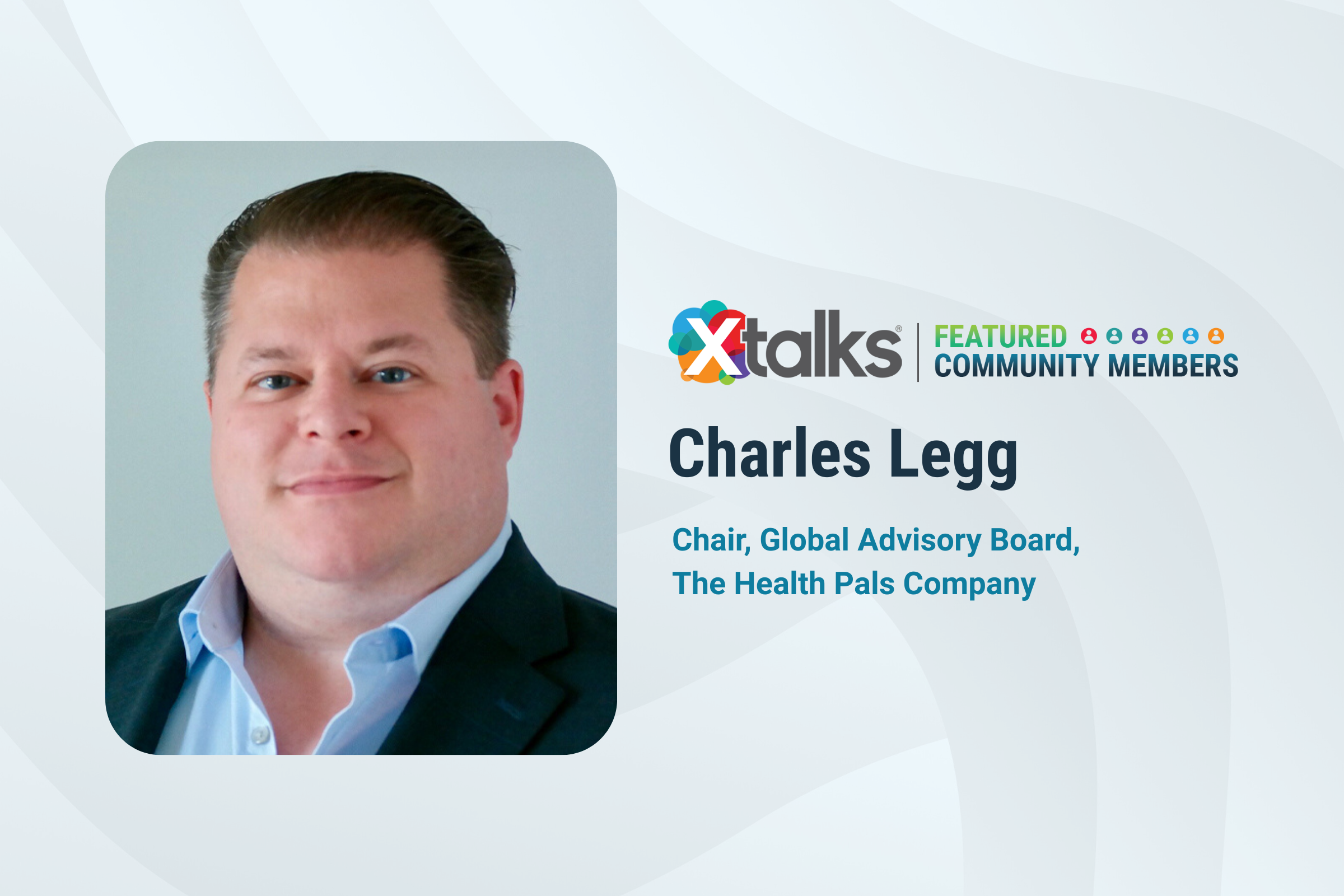Between 2009 and 2012, the Centers For Disease Control and Prevention (CDC) found that just over 67 percent of US citizens aged 45 to 65 reported taking at least one prescription drug in a 30-day period. This number jumps to just under 90 percent of those 65 years and older. The most commonly-prescribed drugs to patients in these age groups include antihyperlipidemic agents to treat high cholesterol and beta-adrenergic blocking agents as well as angiotensin converting enzyme (ACE) inhibitors for high blood pressure and heart disease.
Clearly, chronic conditions such as high blood pressure and high cholesterol are common among those over 50. But do these widespread diagnoses warrant the universal prescription of common drugs used to treat and prevent these conditions?
Enter the polypill – a tablet or capsule containing multiple low-doses of some of the most inexpensive and commonly-prescribed medications. But what makes the polypill interesting isn’t in the formulation; many combination pills already exist. The most compelling aspect of the polypill is that some researchers think that everyone over the age of 50 should be taking one.
Support For The Polypill
The antithesis to personalized medicine, fixed-dose combinatorial polypills were originally proposed for use in preventive medicine by Professor Sir Nicholas Wald and Professor Malcolm Law of the Queen Mary’s School of Medicine and Dentistry, University of London, in a 2003 article published in The BMJ. By combining readily-available data on many well-characterized medications and performing a meta-analysis, the researchers found that a polypill containing six drugs, (a statin, three blood pressure drugs, folic acid and aspirin), could prevent 88 percent of heart attacks and 80 percent of strokes in those 55 years and older.
What’s more, the researchers reported that this polypill strategy has the potential to benefit one in every three people taking the combination therapy, adding up to 12 years to these patients’ lives. While it’s true that the polypill wouldn’t benefit everyone – and could cause adverse effects in 8 to 15 percent of them – the authors still advocated for the strategy. Wald and Law even went so far as to say, “It would be acceptably safe and with widespread use would have a greater impact on the prevention of disease in the Western world than any other single intervention.”
Polypill supporters say that combining multiple medications into a single pill could have the potential to improve patient adherence by eliminating the need to keep track of multiple pills per day. Some studies have also suggested that taking multiple low-dose medications designed to treat a single condition – such as high blood pressure – could be more efficacious and have fewer side effects compared to a higher dose of a single medication.
While the type of preventive medicine polypill described by researchers in 2003 is not approved by the US Food and Drug Administration (FDA), it is available online to eligible patients in the UK. Both Wald and Law are founders of Polypill Ltd., a company that offers a “Polypill Prevention Programme” which combines personal health advice and a course of preventive drugs in the form of a polypill, where appropriate.
The company’s polypill contains a combination of drugs aimed at reducing the risk of heart attack and stroke. According to the company’s website, “the Polypill Prevention Program can reduce your risk of heart attacks and your risk of stroke by an estimated 66%.”
The active pharmaceutical ingredients (API) in this polypill differ compared to the ones in the polypill proposed by Wald and Law in 2003. Additionally, the hypothetical polypill used in the meta-analysis contained six different drugs, while the one sold by Polypill Ltd. contains only four. Those APIs are:
- 20 mg dose of simvastatin, a commonly-prescribed medication capable of decreasing the level of so-called “bad” LDL cholesterol in the blood by 34 percent.
- 12.5 mg of hydrochlorothiazide, used to lower blood pressure and get sodium levels under control. This is half the dose normally prescribed in order to mitigate the risk of potential side effects.
- 25 mg of losartan, an additional drug used to control blood pressure. As an angiotensin receptor blocking drug, it reduces the body’s response to angiotensin II, thereby decreasing blood pressure. Like hydrochlorothiazide, half the standard dose of this drug is used.
- 2.5 mg of amlodipine, another drug which also reduces blood pressure by acting as a calcium channel blocker. This dose is similarly half that usually prescribed.
To order the drug, prospective patients are asked to complete an online assessment in which the minimum requirements are an age over 50 years, and no history of cardiovascular disease. If the Polypill Prevention Programme physicians decide you are a suitable candidate for the polypill, a prescription is given which allows the patient to bypass the pharmacy and order their medication directly through the website.
In addition to already-available clinical data for the drugs combined in the polypill, some clinical trials have been conducted in order to assess the safety and efficacy of the drugs, when taken together. In 2009, a group of researchers in India released their findings from the Indian Polycap Study (TIPS), which were published in the journal, The Lancet.
The researchers enrolled 2053 participants in a double-blind clinical trial, taking place across 50 clinical research sites in India. All volunteers were between 45 and 80 years of age, with one risk factor for cardiovascular disease. The efficacy of the polypill containing three blood pressure medications, a statin, aspirin and folic acid, was compared to treatment with the medications individually, or in small combinations of two to three drugs.
Researchers involved in TIPS found that reductions in blood pressure were correlated with the increasing number of antihypertensive drugs taken together, such as that in the polypill. Similarly, the participants receiving the polypill showed a greater reduction in LDL cholesterol, compared to simvastatin alone. Perhaps most promising of all was the finding that tolerability of the polypill was similar to that of each drug taken on its own.
Criticism For The Polypill
Doses of medications in the polypill are admittedly low and designed to reduce the risk of side-effects, however these doses are fixed which prevents physicians from adjusting the doses according to the individual patient. In addition, if a patient were to experience side effects, such as muscle aches or stomach issues, it would be difficult to determine which individual API were causing the issue.
A one-size-fits-all approach to medicine is generally beneficial to the pharmaceutical company that produces the drug, but may not necessarily be the best option for the patient. Critics worry that giving a medication to an entire population over the age of 50 could encourage poorer health choices, exasperating underlying health issues and comorbid conditions. Just as some may justify their poor diet by pointing to their exercise habits, individuals taking a preventive polypill for cardiovascular disease may neglect other areas of their life which could reduce their risk of heart attack and stroke.
“In general, the idea of a fixed dose, cookbook approach to medicine rarely works,” Dr. Marc I. Leavey, primary care specialist at Lutherville Personal Physicians, a Mercy Medical Center Community Physician Site, told Xtalks. “There will be some who are sensitive to one or more ingredients, may be taking a medication which interacts with a component, or may need customization of the dose. I think it makes about as much sense as clothing us all in one-size-fits-all monotone jump suits.”
Heart disease and stroke had an estimated $316.6 billion impact on the US economy in 2011 alone, due to healthcare costs and lost productivity. Even in an age of increasingly personalized medicine, it’s possible to envision a whole cohort of individuals popping a polypill just as easily as they take their daily vitamin.












Join or login to leave a comment
JOIN LOGIN